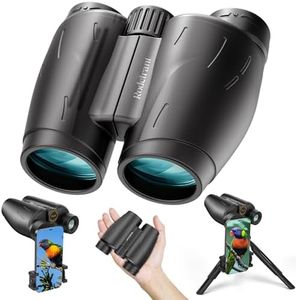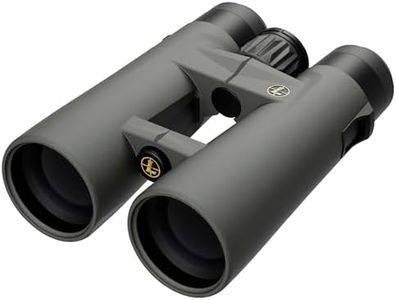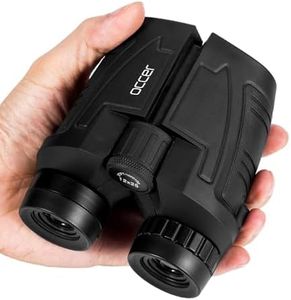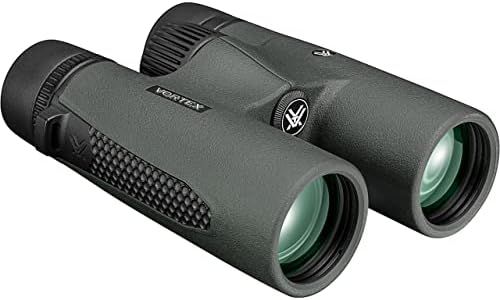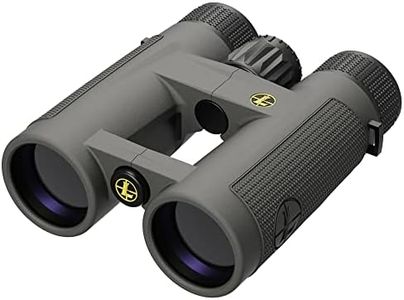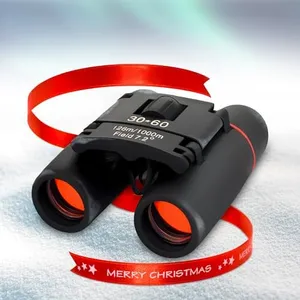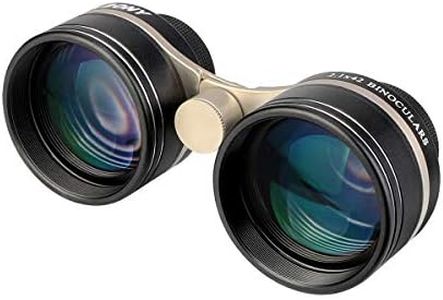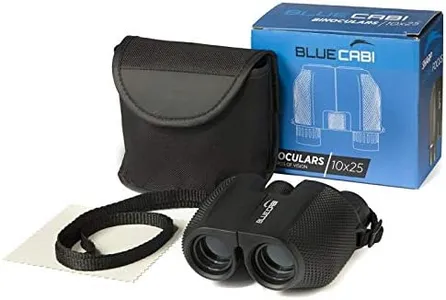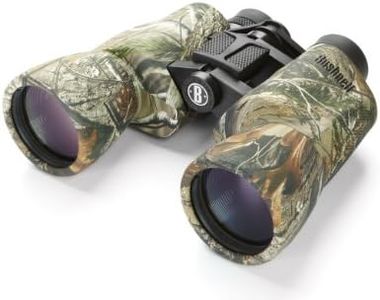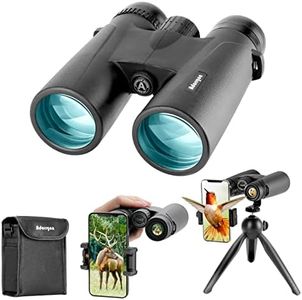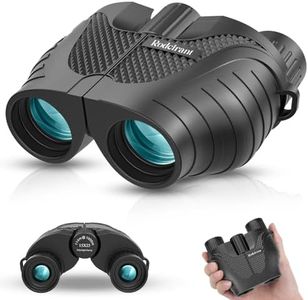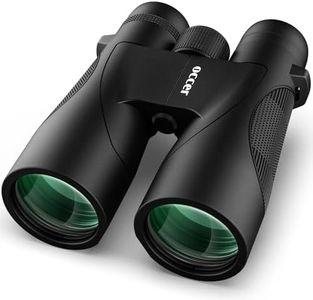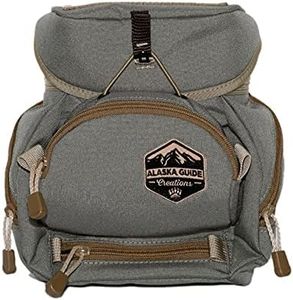We Use CookiesWe use cookies to enhance the security, performance,
functionality and for analytical and promotional activities. By continuing to browse this site you
are agreeing to our privacy policy
10 Best Binocular Guide 2025 in the United States
How do we rank products for you?
Our technology thoroughly searches through the online shopping world, reviewing hundreds of sites. We then process and analyze this information, updating in real-time to bring you the latest top-rated products. This way, you always get the best and most current options available.

Buying Guide for the Best Binocular Guide
Choosing the right binoculars can greatly enhance your outdoor experiences, whether you're bird watching, hiking, or attending a sports event. The key to finding the best binoculars for you is understanding the various specifications and how they align with your specific needs. Here are the main specs to consider and how to navigate them.MagnificationMagnification indicates how many times closer an object will appear compared to the naked eye. For example, 8x magnification means the object will appear eight times closer. Higher magnification (10x or more) is great for detailed viewing but can be harder to stabilize and may require a tripod. Lower magnification (7x or 8x) offers a wider field of view and is easier to handle, making it ideal for activities like bird watching or general use.
Objective Lens DiameterThe objective lens diameter, measured in millimeters, determines how much light enters the binoculars. Larger diameters (e.g., 50mm) allow more light, providing brighter images, especially in low-light conditions. However, they also make the binoculars heavier. Smaller diameters (e.g., 25mm) are more compact and lightweight but may not perform as well in dim lighting. Choose based on your need for portability versus image brightness.
Field of ViewField of view (FOV) is the width of the area visible through the binoculars, usually measured in feet at 1,000 yards. A wider FOV is beneficial for tracking moving objects, such as birds or athletes, as it allows you to see more of the scene. Narrower FOV provides more detail but less peripheral vision. Consider a wider FOV for dynamic activities and a narrower one for detailed observation.
Exit PupilExit pupil is the diameter of the light beam visible through the eyepiece, calculated by dividing the objective lens diameter by the magnification. A larger exit pupil (e.g., 5mm or more) provides brighter images and is better for low-light conditions. Smaller exit pupils (e.g., 3mm) are sufficient for daylight use. Match the exit pupil size to your typical lighting conditions for optimal viewing.
Prism TypeBinoculars use either roof prisms or porro prisms. Roof prisms are more compact and durable, making them suitable for outdoor activities. Porro prisms offer better depth perception and a wider field of view but are bulkier. Choose roof prisms for portability and ruggedness, and porro prisms for image quality and depth.
Lens CoatingLens coatings enhance light transmission and reduce glare, improving image clarity and brightness. Coatings range from single-layer to fully multi-coated lenses. Fully multi-coated lenses provide the best performance, especially in challenging lighting conditions. If you need the best possible image quality, opt for fully multi-coated lenses.
Eye ReliefEye relief is the distance from the eyepiece to your eye where you can see the full field of view. Longer eye relief (15mm or more) is essential for eyeglass wearers to see the entire image without removing their glasses. Shorter eye relief is fine for those who don't wear glasses. Consider your eyewear needs when choosing the right eye relief.
Waterproofing and Fog ProofingWaterproof and fog-proof binoculars are sealed and often filled with nitrogen or argon gas to prevent internal fogging and water damage. These features are crucial for use in wet or humid environments. If you plan to use your binoculars in such conditions, ensure they are waterproof and fog-proof to maintain performance and durability.
Weight and SizeThe weight and size of binoculars affect portability and comfort during extended use. Heavier binoculars can be tiring to hold for long periods, while lighter models are easier to carry and handle. Consider how long you'll be using the binoculars and whether you'll be carrying them over long distances when choosing the right weight and size.
Most Popular Categories Right Now


